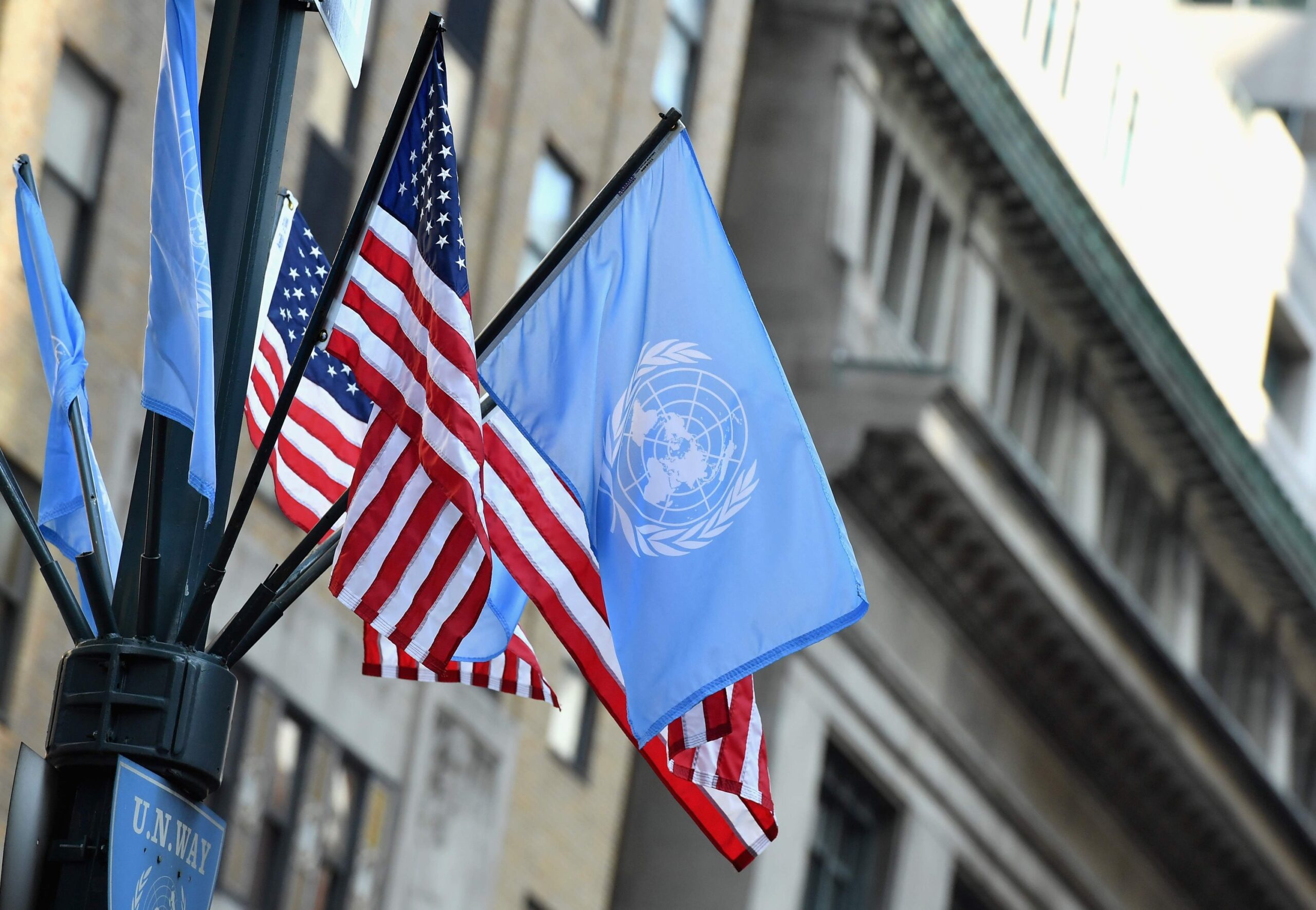The Intersection of Climate, Hunger, and Health
Poverty. World hunger. Climate change. Natural disasters. Discrimination. Unemployment. Civil wars. Pandemics. These are just some examples of the terms that are all too familiar today. The terms that we constantly see making headlines in the news. Unfortunately, this is the state of many countries today, and the COVID-19 pandemic has only made matters worse.
The Sustainable Development Goals (SDGs) were developed as a way to combat these terms and improve lives in 17 major ways. While each goal has its own unique focus, all 17 of the SDGs are connected. We cannot achieve any of the SDGs until we recognize their intersectionality and work to achieve all of them.
One prime example of the intersectionality and importance of the SDGs can be seen currently with the dire situation in Ethiopia. It is a country that has already been grappling with humanitarian strife and hunger due to civil war, but the climate is now making it worse. [1] Ethiopia is experiencing a severe drought in much of its southern and north-eastern regions. [2] Cattle are perishing, animal carcasses are littering the land, and millions are going with enough food or water to survive. [3] UNICEF estimates that around 850,000 children “will be severely malnourished this year due to a combination of drought, conflict and economic downturn.” [4] Additionally, by mid-March, more than 6.8 million people will need some type of humanitarian assistance. [5] Furthermore, many children are already malnourished, and they are becoming sick due to a lack of food. [6]
The situation unfolding in Ethiopia is truly devastating, and let us pray that enough aid and humanitarian assistance will be delivered to them. But let us also take this as a depiction of the intersectionality of this world. In this case, the climate, hunger, and health are all connected to each other, with the civil war also playing a role in the background. In order for the health of the country to improve, there needs to be more food and water. In order for there to be more food and water, the drought needs to stop, but so does the civil war.
It is clear to see that these events are all linked together. Changing one of them will not change all of them. They all need to be addressed and improved, and that is the beauty of examining everything under the lens of intersectionality – the improvement of all areas of life. However, that is also the major hurdle to improvement, as it is extremely hard to change all of these areas at once. There are so many moving parts, that it is almost impossible for all of them to be on track.
This is why we need people working on every area of life, on every one of the 17 SDGs. There is no perfect solution to everything, but there certainly is power in numbers. If enough people strive to.
[1] https://www.theguardian.com/global-development/2022/jan/30/we-pray-for-rain-ethiopia-faces-catastrophic-hunger-as-cattle-perish-in-severe-drought.



